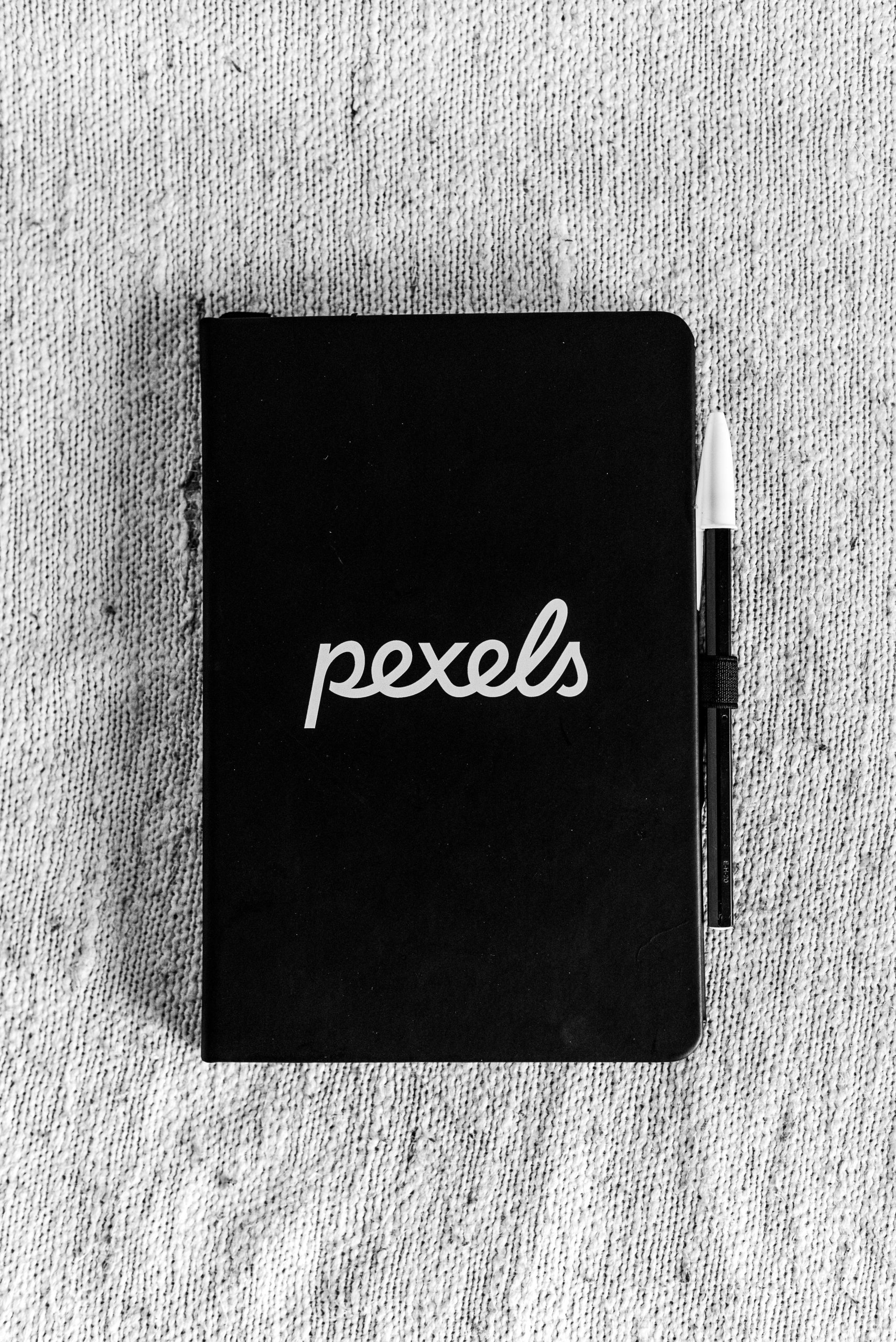GPT-4o is superior to GPT-5 when it comes to creative writing.
Comparative Analysis of GPT-4o and GPT-5: Focus on Creative Writing Capabilities
Introduction
Artificial Intelligence language models have revolutionized the way we approach storytelling and creative writing. With the release of GPT-5, expectations were high that this new iteration would enhance not only technical performance but also creative capabilities. However, user feedback indicates that GPT-4o currently outperforms GPT-5 in certain aspects of creative storytelling. This article examines the distinctions between these models, emphasizing the importance of creative writing features, and advocates for more transparency from developers.
Assessing the Creative Writing Performance
While GPT-5 introduces notable improvements in areas such as story development and reduced censorship, many users find its creative output lacking compared to GPT-4o. Specifically, GPT-4o demonstrates a superior ability to generate imaginative narratives, develop complex characters, and craft compelling plots. These qualities align closely with the needs of writers and creators seeking an AI assistant that amplifies their creative process.
User Feedback and Comparative Insights
Recent comparisons suggest that GPT-4o maintains a demonstrable edge in creative storytelling. For example, users report that GPT-4o’s responses are richer, more nuanced, and better suited to open-ended creative tasks. Conversely, GPT-5, despite its advancements, appears to prioritize factual accuracy and moderation, which may inadvertently constrain creative expression.
Implications for OpenAI and Developers
The feedback underscores the importance of aligning AI development with user needs across diverse use cases. For creators focused on storytelling, educational content, or artistic endeavors, possessing an AI model that excels in creativity is invaluable. Therefore, it would be beneficial for OpenAI to consider integrating GPT-4o’s creative strengths into GPT-5, or to maintain multiple models tailored for different tasks.
Call for Transparency and Engagement
Transparency about ongoing developments and model capabilities is crucial. We encourage OpenAI and team members like Sam to openly communicate their plans regarding the future of GPT-4o and GPT-5. Clarifying whether GPT-4o will continue to be supported, or if its creative features will be incorporated into newer models, will help manage user expectations.
Conclusion
In summary, while GPT-5 offers significant advancements, it currently falls short of GPT-4o in creative writing and storytelling. For users whose primary focus is creative tasks, GPT-4o remains an unparalleled tool. OpenAI’s acknowledgment of user feedback and transparent communication will be essential in shaping AI development to meet the diverse needs of its community














Post Comment